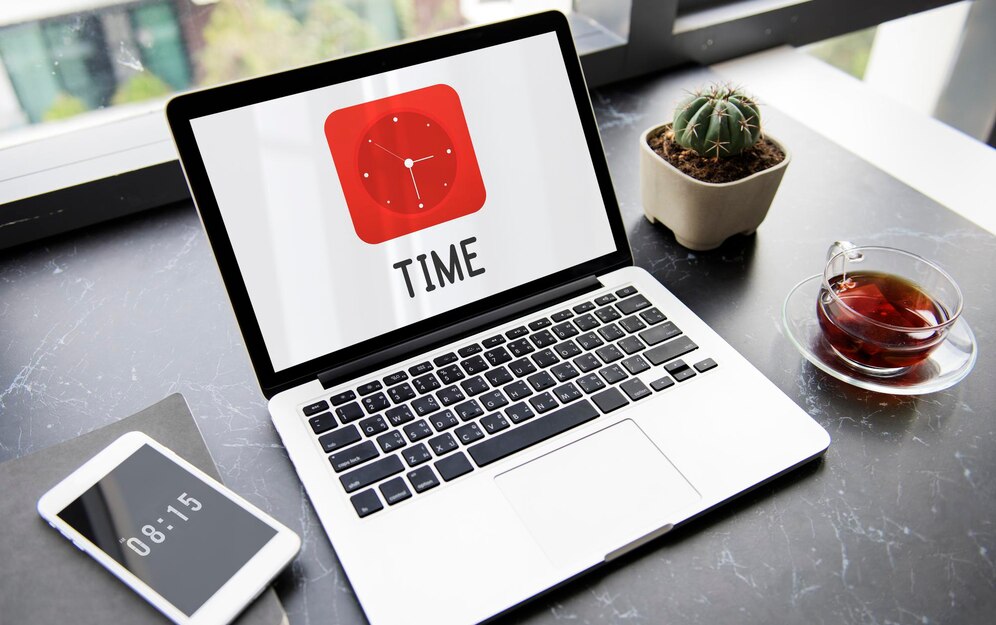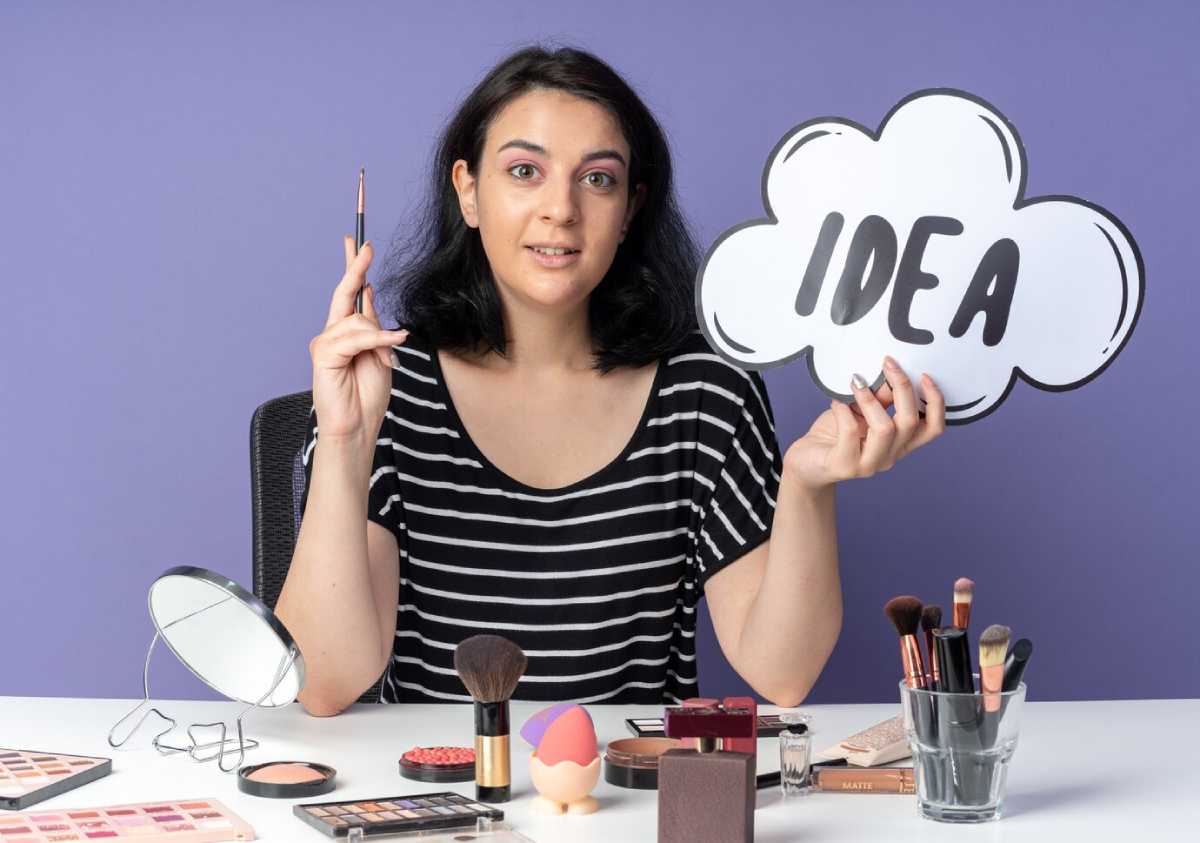
Mindful Tech Use: Strategies for Balancing Screen Time and Well-being
In today’s world, technology is part of nearly everything we do. Because of this, using technology mindfully is more important than ever. The digital age offers great conveniences, but it also brings challenges that affect our well-being. Managing screen time is vital for digital wellness. The constant notifications and endless scrolling can be distracting. This blog explores ways to balance screen time and well-being. It offers tips and insights specifically for a UK audience.
The importance of mindful technology use cannot be overstated. As we navigate our daily routines, technology often plays a dual role as both a tool and a distraction. To build a healthier relationship with our digital devices, we must learn to use their benefits and reduce their downsides.
Key Benefits of Mindful Technology Use
Why It Matters
Mindful tech use goes beyond cutting screen time. It’s about building a healthy relationship with our devices. Here’s why it matters:
- Boosted Focus and Productivity: By managing their screen time well, people can enhance their focus and get more done. A University of Sussex study found that focusing on digital wellness and digital detox helps people be more focused and efficient in daily tasks.
- Better Mental Health: Too much screen time can lead to higher anxiety and depression. Mindful tech use helps people use devices to improve their mental health. The NHS says that cutting down on screen time can boost your mood and lower stress.
- Better Sleep Quality: Screens emit blue light, which can disrupt sleep patterns. Mindfully using technology can help people create better bedtime routines and sleep more soundly. The Sleep Council UK says cutting down screen time before bed helps improve sleep.
- Stronger Connections: Being present and attentive helps people build better relationships with others. Mindful technology use encourages face-to-face interactions, which are crucial for building meaningful relationships.
- Mindful technology: It boosts awareness of digital habits. It helps people make choices that match their values and priorities.
Understanding Mindful Technology Use

Mindful technology use refers to the intentional and balanced engagement with digital devices to prevent overuse and maintain a healthy relationship with technology. It is not about completely eliminating technology but rather about ensuring that screen time serves a productive and beneficial purpose rather than becoming a source of stress or distraction.
Signs You Need Better Screen Time Management
If you experience any of the following, it may be time to reassess your relationship with technology:
- Feeling anxious or restless when away from your phone
- Struggling with focus and productivity due to constant notifications
- Spending excessive time on social media without a clear purpose
- Experiencing sleep disturbances due to late-night screen exposure
- Neglecting face-to-face interactions in favour of digital communication
- Checking notifications frequently, even without alerts
- Feeling overwhelmed by excessive digital content consumption
Strategies for Effective Screen Time Management
Set Clear Boundaries
Establish screen-free zones and times, such as keeping phones away from the dining table or setting a nightly device curfew. Designating specific hours as tech-free can help develop healthier habits.
Use Digital Well-being Tools
Many devices offer features like screen time tracking and app usage limits. Utilising these tools can help monitor and reduce screen dependency. Apps like Forest, Freedom, or StayFocusd can assist in maintaining discipline while working or studying.
Engage in Offline Activities
Replace screen time with healthier alternatives such as reading, exercising, or spending quality time with loved ones. Hobbies like painting, playing a musical instrument, or gardening can be excellent substitutes. Consider joining community groups or classes to foster real-world connections.
Take Scheduled Breaks

Adopt the 20-20-20 rule: every 20 minutes, take a 20-second break and look at something 20 feet away. This helps reduce eye strain and improve focus. Additionally, setting aside at least one full day per week as a low-screen or screen-free day can have long-term benefits.
Practice Mindful Consumption
Be intentional about digital engagement. Unsubscribe from unnecessary notifications, limit social media usage and prioritise content that adds value to your life. Decluttering digital spaces, such as emails and apps, can also create a more organised and less overwhelming experience.
Try a Gradual Approach
A sudden and extreme reduction in screen time might feel overwhelming. Instead, start with small changes, such as reducing screen time by 30 minutes daily or setting specific hours for social media use. Gradually increasing these limits will make the habit more sustainable.
Important Consideration
While reducing screen time can be highly beneficial, it is essential to strike a balance. In today’s interconnected world, completely avoiding technology may not be feasible. Instead, focus on mindful technology use, ensuring that digital tools serve you rather than dominate your life. The goal is to use technology as a tool for efficiency and growth rather than as a source of distraction and stress.
Conclusion: Achieve Digital Balance for a Healthier Life
Mindful technology use is your secret weapon for digital wellness. Using smart strategies and a touch of digital detox, you can achieve harmony with your screens. It’s about finding a balance that aligns with your values and supports your well-being.
As you start this journey, think about how technology affects your daily life and connections. Take small, steady steps toward digital wellness. Enjoy the rewards of a more fulfilling life.
What strategies will you implement today to enhance your digital well-being?


